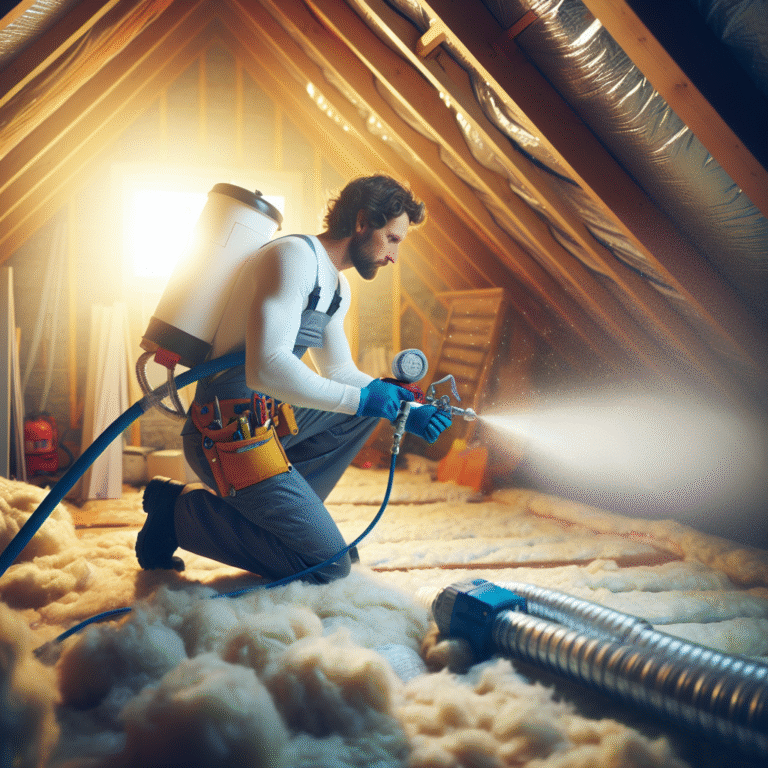The Ultimate Guide to Blown-In Insulation for Homes
- Introduction
- What is Blown-In Insulation?
- Benefits of Blown-In Insulation
- Materials and Methods
- Step-by-Step Installation Guide
- Maintenance Tips
- FAQ Section
- Conclusion & CTA
Introduction
When it comes to improving energy efficiency and comfort in your home, choosing the right insulation is crucial. Blown-in insulation is a preferred option for many homeowners due to its effectiveness, affordability, and ease of installation. This guide will cover everything you need to know about blown-in insulation for your home.
What is Blown-In Insulation?
Blown-in insulation, also known as loose-fill insulation, is usually made from fiberglass, cellulose, or mineral wool. These materials are literally blown into place with specialized equipment, filling in gaps, crevices, and hard-to-reach areas within attics and walls.
Benefits of Blown-In Insulation
- Enhanced Energy Efficiency: Reduces the transfer of heat and helps maintain consistent indoor temperatures.
- Cost-Effective: Compared to other forms of insulation, blown-in insulation is affordable and offers significant energy savings over time.
- Environmentally Friendly: Often made from recycled materials, particularly cellulose insulation, which is composed of up to 85% recycled newspaper.
- Improved Home Comfort: Helps in reducing hot and cold spots within the home, leading to a more comfortable living environment.
Materials and Methods
Choosing the right material for blown-in insulation is key. Fiberglass is lightweight and non-combustible, cellulose is eco-friendly and offers superior soundproofing, and mineral wool is highly fire-resistant and effective for high-temperature applications.
Step-by-Step Installation Guide
Step 1: Assessment
Evaluate your home’s current insulation and determine where additional insulation is needed.
Step 2: Preparation
Prepare the area for installation, ensuring that it is clean and accessible.
Step 3: Installation
Using a blowing machine, the insulation material is carefully blown into place, ensuring even coverage and density.
Maintenance Tips
Regularly check the condition of your insulation for any signs of settling or moisture. Blown-in insulation typically requires little maintenance, but occasional checks can help maintain its efficiency and functionality.
FAQ Section
Q: How effective is blown-in insulation for energy savings?
A: Blown-in insulation significantly reduces energy consumption by filling gaps and reducing air infiltration, potentially lowering heating and cooling costs by 20-30%.
Q: How long does blown-in insulation last?
A: When properly installed and maintained, blown-in insulation can last for more than 30 years.
Q: Is blown-in insulation better than batts or rolls?
A: Yes, in many cases, because it provides better coverage over irregular spaces and offers flexibility in terms of R-value, depending on the material thickness and density applied.




